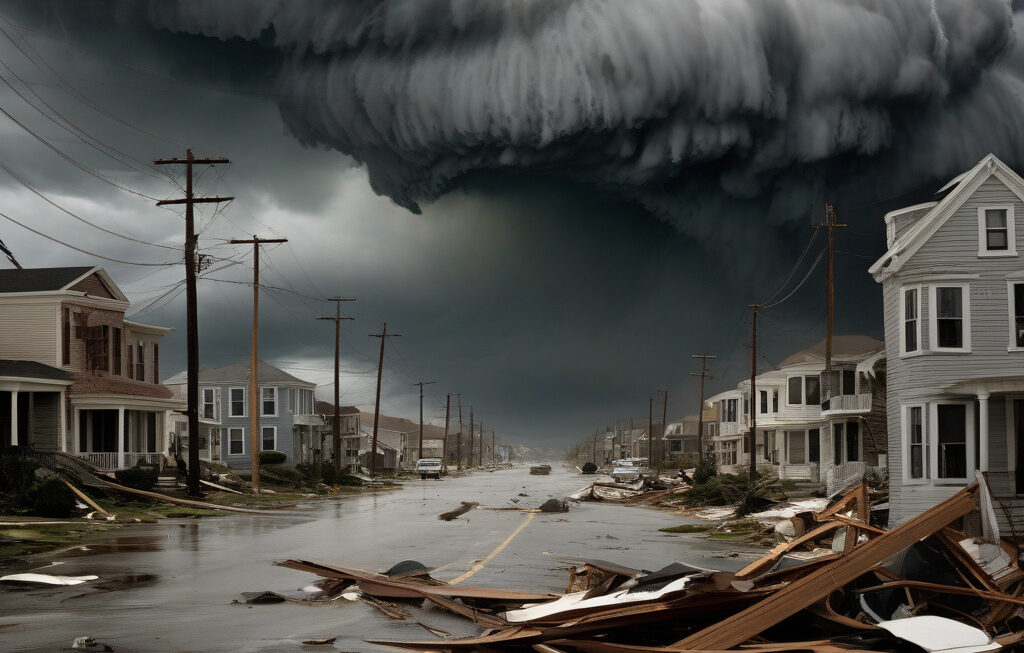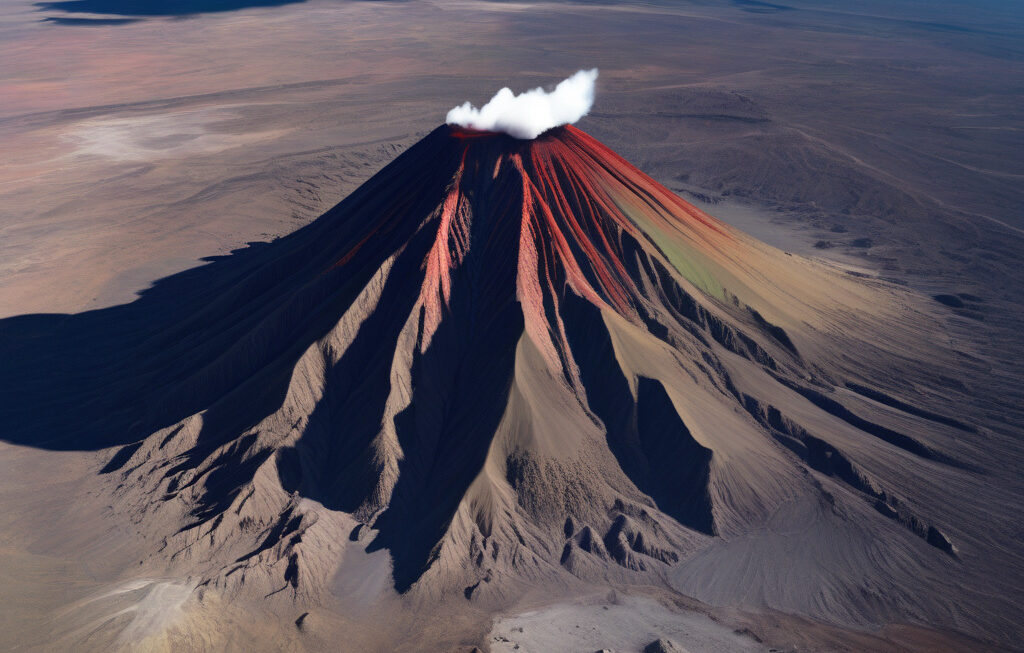Alaska’s Ice-Clad Volcano: A Step Forward in Predicting ‘Stealthy’ Eruptions
Volcanoes usually signal an upcoming eruption through ground deformation and earthquakes, giving people nearby a chance to evacuate and take necessary precautions. However, some volcanoes exhibit what scientists call “stealthy” behavior, erupting with little to no warning. These types of eruptions pose a significant challenge as they can catch communities off guard, leading to devastating consequences.
In a recent study published in the journal Science Advances, scientists have made significant progress in understanding and predicting these stealthy eruptions. The focus of the study was on a little-known ice-clad volcano in Alaska, Mount Mageik, located within the Katmai volcanic cluster. Unlike many volcanoes that show visible signs of unrest before an eruption, Mount Mageik remained relatively quiet leading up to its last eruption in 2006, making it an ideal candidate for studying stealthy volcanic behavior.
By combining data from satellite radar, GPS sensors, and seismic monitoring, researchers were able to detect subtle movements beneath the surface of Mount Mageik in the months leading up to the 2006 eruption. These movements, known as “slow-slip events,” occur deep underground and are often undetectable by conventional monitoring methods. However, they can provide valuable insights into the buildup of magma beneath a volcano and help predict when an eruption might occur.
The study of Mount Mageik has shed light on the complex processes that lead to stealthy volcanic eruptions. By analyzing the data collected from this remote and icy volcano, scientists have been able to identify key indicators that could help predict similar events at other volcanoes around the world. This knowledge is crucial for improving early warning systems and enhancing preparedness in at-risk communities.
One of the main challenges in predicting stealthy volcanic eruptions is the lack of visible warning signs, making it difficult to anticipate when and where an eruption might occur. By studying volcanoes like Mount Mageik, scientists can develop new methods for detecting the subtle signals that precede these types of eruptions. This research not only advances our understanding of volcanic processes but also has the potential to save lives and mitigate the impact of future eruptions.
In addition to its scientific significance, the study of Mount Mageik highlights the importance of monitoring remote and inaccessible volcanoes. While highly active volcanoes often receive the most attention, less conspicuous ones like Mount Mageik can also pose a threat to nearby communities. By expanding monitoring efforts to include these lesser-known volcanoes, scientists can provide a more comprehensive picture of volcanic activity and improve our ability to forecast eruptions.
As we continue to study and monitor volcanoes around the world, the research on Mount Mageik serves as a valuable reminder of the unpredictable nature of these natural phenomena. By combining cutting-edge technology with on-the-ground observations, scientists are making great strides in understanding and predicting volcanic behavior. The lessons learned from Mount Mageik will undoubtedly inform future research efforts and help us better prepare for the next stealthy eruption.
In conclusion, the study of Alaska’s ice-clad volcano, Mount Mageik, represents a significant step forward in predicting stealthy volcanic eruptions. By uncovering the hidden signals that precede these unpredictable events, scientists are improving our ability to forecast volcanic activity and protect at-risk communities. As we look to the future, this research will play a crucial role in enhancing volcanic monitoring systems and ultimately saving lives.
volcano, eruption, prediction, Alaska, research












